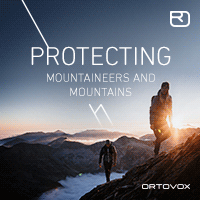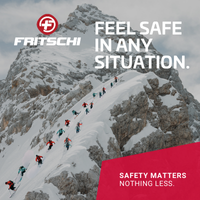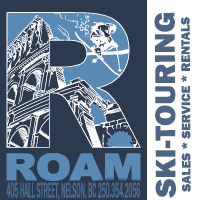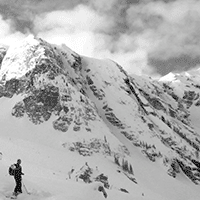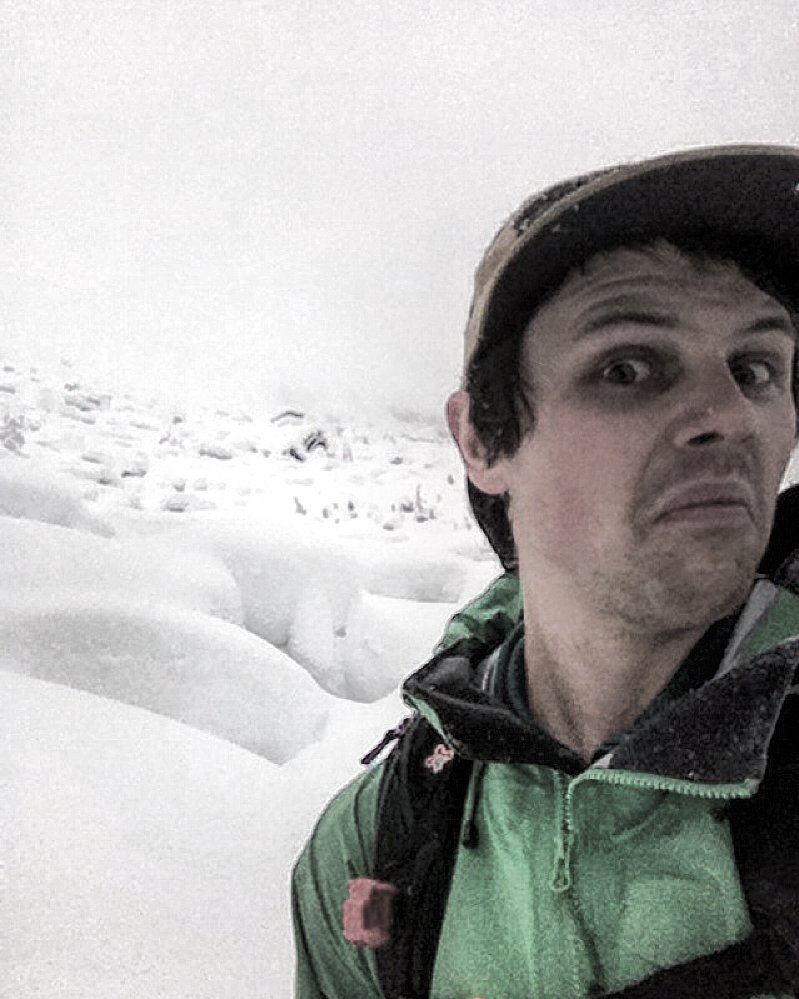Considerable... What does it mean?
As Avalanche fatalities continue to appear in the news one might think that those recreating would head the warning and dial things back. Unfortunately it seems that everyday we find people out there in places or skiing/snowmobiling terrain features that are specifically described in the daily avalanche bulletin as places to be avoided. To generalize, it would seem that some open their Avalanche Canada App in the morning, tap their regions icon and read the landing page. 3.considerable, 2. considerable , moderate. “Okay cool! “ Close the app and walk out the door. I feel as if some people don't bother reading the summaries listed on the second screen, which gives a brief explanation of how that regions forecaster came to those danger ratings.
For most of the winter we have been in the " Considerable" range in the alpine and treeline with the odd spike to high or a dip to moderate peppered in throughout the winter. It would seem as if we have been in an extended period of considerable and that some are forgetting the importance of that particular descriptor. Considerable is described as;
“ Dangerous avalanche conditions. Careful snowpack evaluation, cautious route-finding and conservative decision-making essential.
Natural avalanches possible; human-triggered avalanches likely.
Small avalanches in many areas; or large avalanches in specific areas; or very large avalanches in isolated areas.”
If we had a non backcountry user read this and ask them what they thoughts what would they say? It's likely they would say that the current conditions need to be respected and that conservative backcountry travel should be executed. So why do we continue to see people high marking big slopes on lee features, under cornices after a snow and wind event? The forecast listed all these concerns yet here they are, throwing their machines at suspect slopes while 4-5 of their friends sit and watch in the run out zone. A frustration Frozen Pirate Snow Services has shared with the community yesterday via facebook ( Posted below ).
So do your friends a solid and if you have the opportunity throw in a little casual back country education. It's obvious that some don't truly grasp the bulletin and and only see colors. Red? Bad. Orange. Hummm. Yellow. Awesome. Green. Ski all the things!( enter clever internet meme here ) So Even if you're not quite sure about the technical lingo, just starting the dialogue is enough to make most people think about what they are doing or about to do. Perhaps it might prompt them to do a little extra reading or enroll in more formal education.
Awareness is half the battle so let's make our friends, neighbors and trail head acquaintances a bit more aware.

From Frozen Pirate
“ How can fix the seemingly un-reachable mountain "sledder" ?
This weekend we witnessed so many scenarios that almost made it embarrassing to be labeled as a mountain sledder. The picture below is one of them. There are other examples and even one occasion where we very gently approached groups riding under very large hazards only to be met with complete arrogance and conflict.
How can we fix this? How long will we be able to participate in this amazing sport before we are banned from the back country? What incident will be the last straw in the eyes of the regulators? This needs to be a community wide discussion and it needs to happen now.
We have had a bad year as a sport with far too many incidents that resulted in someone losing a life and others losing family members and friends. I know this will not be popular, although all of these incidents were arguably avoidable should riders have chosen terrain accordingly based on their training and the avalanche hazard, traveled safely and effectively in avalanche terrain, and practice good habits.
These potentially life changing terrain decisions must be based on the avalanche hazard and this then needs to be compared to your personal level of experience, training and your skill to evaluate the hazard and the terrain directly from the field.
If the experience and training are not there to effectively make important decisions from the field, there are tools available that we can use (Avalanche Canada) and we need to treat these tools as our PPE (personal protective education???) so to speak, although we cannot simply rely on the one-word danger ratings to keep us safe.
There is much more data available to us if we go looking, but the problem is, we need to WANT to go looking and we need to make decisions based on what we are reading.
If we do not have the skill level and experience to handle the hazards discussed, we need to avoid them at all costs and this comes down again to…..you guessed it… terrain! And this is something that we control 100%
We are our own worst enemies when it comes to the terrain we think is suitable for the conditions as we understand them. Human factors such as familiarity, complacency and acceptance often sway our individual decision making abilities.
In this day and age, we should not have mountain sledders heading up with out all the basic tools (avalanche transceiver, probe, shovel and training). These tools are all necessary and mandatory and this should not even be a thought in the sledders mind, they should be habit.
We should not be seeing backpacks full of safety gear strapped to sleds, or tunnel bags full of booze instead of survival gear. We should not be seeing families heading up a trail where only Dad has the equipment and when questioned says we are “not heading into avalanche terrain”. We should not be seeing multiple people sitting in run out zones or terrain traps exposed to hazard, and this list can go on and on.
This culture needs to change, but how can we do it?
One of the biggest problems I face as an avalanche safety educator and promoter is that the un-reachable mountain sledder will likely not lay eyes on this piece of text or the many others that are often circulated. This is likely to end up as just another rant that is only going to be read by those who know better.
Sledding is like any other sport or thing. The people that care are the ones that educate themselves. Unfortunately our sport has higher consequences than most. Sometimes bad things happen even if you are prepared and educated but at least be responsible and inform yourself.
But! You all can share this information, talk about responsible riding in the field and make safety (ugh…I hate that word…responsible decision making maybe?) a bigger part of the culture of our sport.
Please don’t just “like” this, please share it and please continue to the discussion.
Ride safe.”




